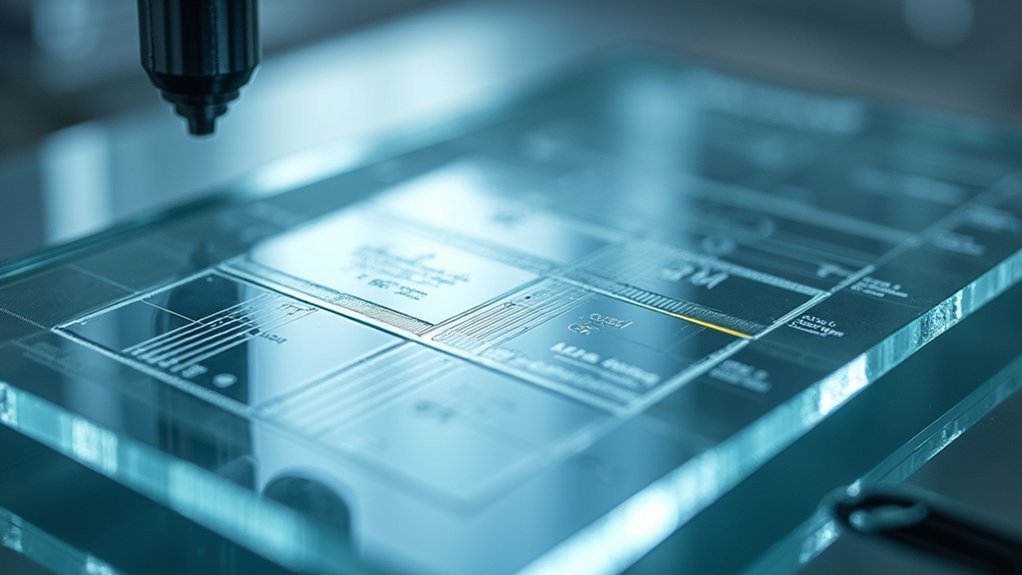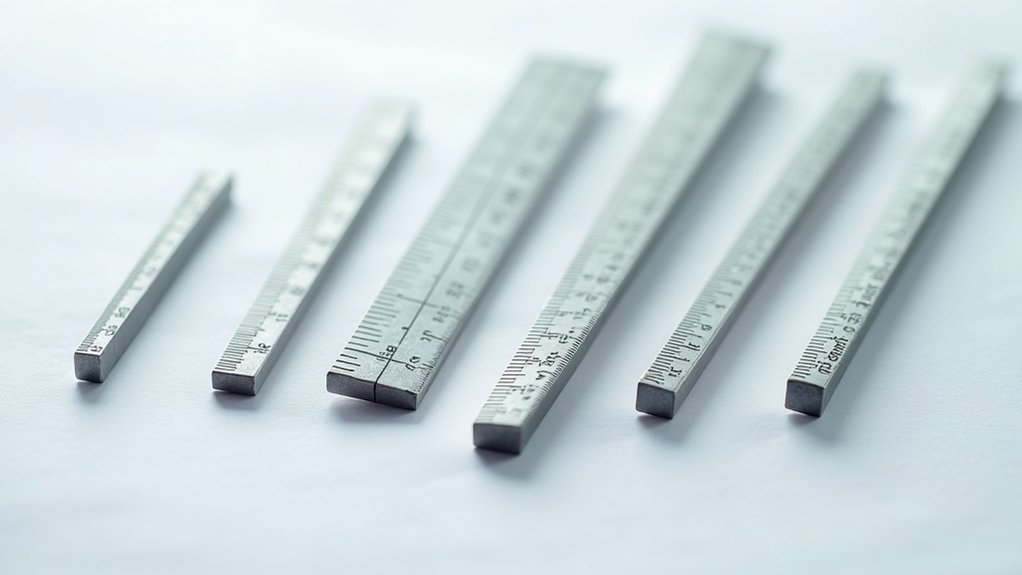Digital cell counting surpasses manual methods through superior accuracy and efficiency. You’ll eliminate human error and bias while achieving consistent results with lower variation. Advanced fluorescent microscopy and algorithms process samples in minutes instead of hours, accurately measuring cell concentration and viability across wider ranges (5×10⁴ to 1×10⁸ cells/ml). Pre-calibrated systems remove pipetting variability and subjective judgment. Discover how these automated technologies can transform your laboratory’s productivity and research quality.
Why Digital Cell Counting Beats Manual Analysis Today

While manual cell counting methods have been the standard for decades, digital technologies have revolutionized this critical laboratory procedure.
Today’s automated cell counting systems deliver superior accuracy by eliminating human bias through fluorescent microscopy and advanced algorithms. You’ll notice digital counters process samples in minutes rather than hours, freeing you from labor-intensive manual counting protocols.
Automated cell counters eliminate human error while saving you hours of tedious manual counting work.
The difference in reliability is striking—manual counting often produces coefficient of variation exceeding 15%, while digital methods consistently yield lower values, ensuring better reproducibility in your experiments.
Technologies like Via2-Cassette™ minimize common errors in sample volume handling and subjective cell definition.
Most importantly, digital counters accurately measure cell concentration and viability across a substantially wider range (5×10⁴ to 1×10⁸ cells/ml) than traditional hemocytometers, making them versatile for virtually any counting cells application.
The Precision Problem: Sources of Error in Manual Cell Counting
Despite its widespread use in laboratories, manual cell counting harbors inherent precision problems that can greatly impact your research results. When you’re squinting through a counting chamber, human perception errors frequently occur as you struggle to distinguish viable cells from debris.
Your sample preparation introduces additional challenges—inconsistent pipetting and dilution errors compound inaccuracies in your final calculations.
The traditional trypan blue method further complicates matters, potentially underestimating cell viability due to uneven staining and toxicity to living cells.
Most concerning is the variability between technicians, with coefficient variations often exceeding 15%—a clear indicator of poor reproducibility. These limitations explain why many labs are shifting from manual to automated counters, which eliminate subjective interpretation and deliver more consistent results across experiments.
Automation Technology: How Digital Counters Eliminate Human Bias

Modern digital cell counters address the precision problems of manual counting by removing subjective human judgment entirely from the process. Automated cell counters employ standardized algorithms that define cells consistently, while technologies like Via2-Cassette™ eliminate pipetting errors.
| Feature | Manual Cell Counting | Digital Counters |
|---|---|---|
| Cell Definition | Subjective interpretation | Standardized algorithms |
| Volume Control | Pipetting variability | Pre-calibrated cassettes |
| Viability Assessment | Observer-dependent | Image-based analysis |
| Light Source | Variable illumination | Stable LED technology |
| Quality Control | None | Automated alerts |
You’ll achieve more reproducible results as digital counters differentiate between viable and non-viable cells without subjective bias. The stable LED light sources further reduce variability from environmental factors, ensuring consistent results across experiments regardless of who operates the equipment.
Fluorescence-Based Detection: Improving Accuracy in Viability Assessment
Fluorescence-based detection represents a quantum leap in viability assessment accuracy compared to traditional methods. Dyes like acridine orange and DAPI provide clear visual differentiation between live and dead cells—green fluorescence indicates viable cells, while blue marks non-viable ones. This precise distinction dramatically improves counting reliability.
The NucleoCounter® exemplifies this technology’s power, using dual-band emission filters to simultaneously capture both cell populations in a single step. This automated approach eliminates the subjective interpretation inherent in manual counting, reducing human error and enhancing statistical reliability.
You’ll find that fluorescence-based cell counting delivers consistently lower coefficients of variation than manual methods. By removing operator bias and standardizing detection parameters, these systems guarantee your viability assessments maintain the precision necessary for critical research and manufacturing applications.
Time and Resource Efficiency: Quantifying the Benefits of Digital Methods

When laboratory scientists shift from manual to digital cell counting methods, they release substantial time and resource savings that directly impact productivity.
You’ll reduce counting time from hours to minutes while eliminating the tedious preparation steps associated with hemocytometers.
Digital methods handle cell suspensions across a broader concentration range (5 x 10^4 to 1 x 10^8 cells/ml), effectively eliminating dilution steps that introduce variability.
Automated counters simultaneously assess cell viability using fluorescent dyes, combining two analytical processes into one streamlined workflow.
You’ll also minimize human errors that typically introduce a 15% coefficient of variation in manual counting.
With features like automatic pipetting and pre-calibrated volumes, digital methods guarantee superior reproducibility in your results.
This time efficiency translates to more experiments completed and higher confidence in your data.
Frequently Asked Questions
What Are the Advantages of Manual Cell Counting?
You’ll find manual cell counting provides direct observation of cells, is cost-effective, offers educational value, achieves good accuracy when done by skilled technicians, and allows simultaneous assessment of cell morphology and viability.
Why Is Manual RBC Count Not Recommended?
Manual RBC counts aren’t recommended because you’ll encounter significant human perception errors, volume inaccuracies, dilution issues, and pipetting mistakes. With CVs exceeding 15%, your results will be less reliable than automated counting methods.
What Are the Limitations of Using This Manual Approach to Cell Counting?
Manual cell counting limits you through labor-intensive processes, human error, variability between users, poor precision with low cell numbers, and unreliable viability assessments. You’ll struggle with reproducibility and face time constraints daily.
What Are the Possible Errors in Manual Cell Counting?
You’ll face human perception errors, volume inaccuracies in hemocytometers, pipetting mistakes during dilutions, trypan blue staining variability, and statistical variations with low cell counts when counting cells manually.
In Summary
You’re saving more than just time with digital cell counting—you’re ensuring reliability with every sample. By eliminating human error and fatigue, you’ll get consistent results regardless of who operates the system. Whether you’re handling routine cultures or critical research samples, the combined benefits of speed, precision, and advanced viability assessment make upgrading from manual counting a necessary step for your modern lab.





Leave a Reply